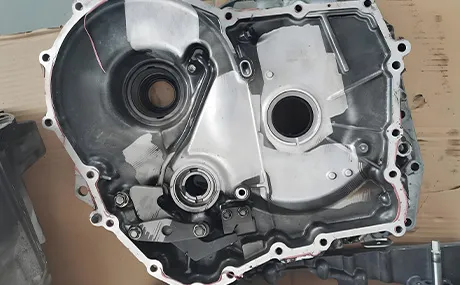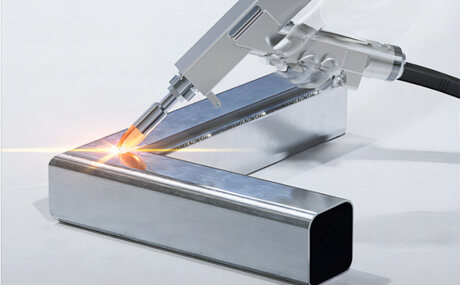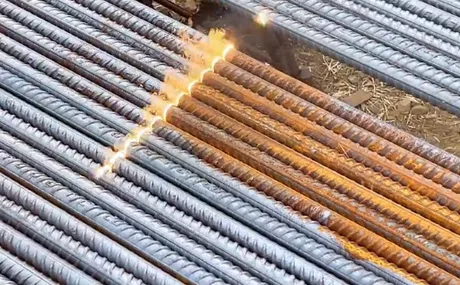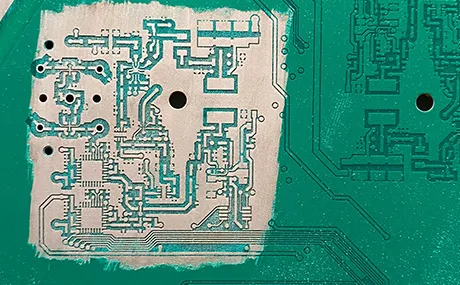Traditional cleaning methods, such as chemical cleaning, sandblasting, and ultrasonic cleaning, can effectively remove surface dirt but each has its drawbacks. Chemical cleaning requires the use of corrosive solvents, which are not only costly but also pose risks to the environment and the health of operators. Sandblasting can damage the surface of the workpiece and is unsuitable for precision parts. While ultrasonic cleaning is precise, its effectiveness is limited for large areas or heavy contaminants. Laser cleaning perfectly avoids these issues, as it does not use any chemical agents, produces no secondary pollution, and is suitable for various complex surfaces and high-precision cleaning tasks.
Cleaning Process
Environmental Friendliness
Safety
Cost
Efficiency & Principles
Work Size Scope
Laser Cleaning
Green and environmentally friendly, no chemical agents, no dust
Safe, non-contact, optical transmission, avoids secondary damage
High initial investment, low operating cost, no consumables
Efficient, high-speed, suitable for multi-materials and contaminants, non-damaging
Depends on equipment size, suitable for large to small scale cleaning tasks
Sandblasting
Poor work environment, large dust and powder pollution
High protection requirements, health risks
Medium to high cost, high labor cost
Efficient but polluting, may damage materials
Affected by sand impact, not suitable for complex or precise work
Manual/Mechanical Polishing
Pollutants cannot be collected
Polishing tools may cause injury, hazardous
Low equipment cost, high labor cost
Less precise, reliant on human control, low efficiency
Suitable for medium to large workpieces, not for fine or delicate tasks
Chemical Cleaning
Pollutants cannot be collected
High chemical risk, toxic, requires ventilation
Medium to high operating cost
High efficiency for certain applications, strict on cleaning requirements
Suitable for standard workpieces, but not for residues or precision work
Wipe Cleaning
Pollutants cannot be collected
Toxic cleaning agents, absorption risks
Low equipment cost, high water consumption
Inefficient, not suitable for deep cleaning
Suitable for small items, not suitable for precision work
Ultrasonic Cleaning
Eco-Friendly
Safe
High equipment cost
Suitable for small precision contamination, good cleaning effect
Suitable for small workpieces, results depend on item quality and compatibility
This table presents the characteristics of different cleaning processes for easy comparison.
- Building 2, Fenghui Plaza, No. 1, Hongyi Road, Nancheng Street, Dongguan City, Guangdong Province
- yuanzc@yuanzc.com
Portable pulse laser cleaning machine - air-cooled
High efficiency precision laser mold cleaning machine
Portable pulse laser cleaning machine - air-cooled
High efficiency precision laser mold cleaning machine
- Home > Traditional cleaning vs. laser cleaning: who is better?







